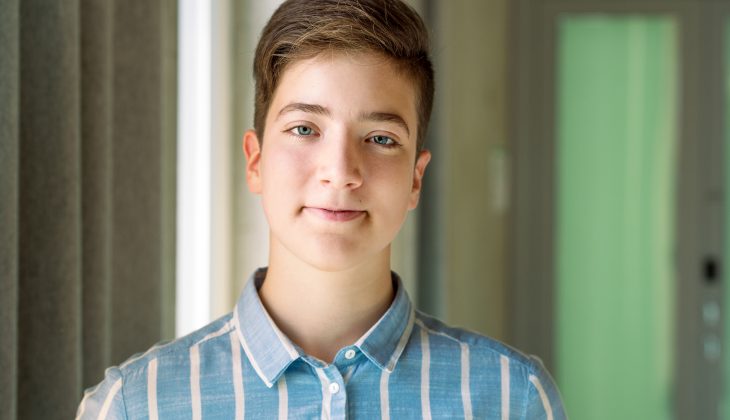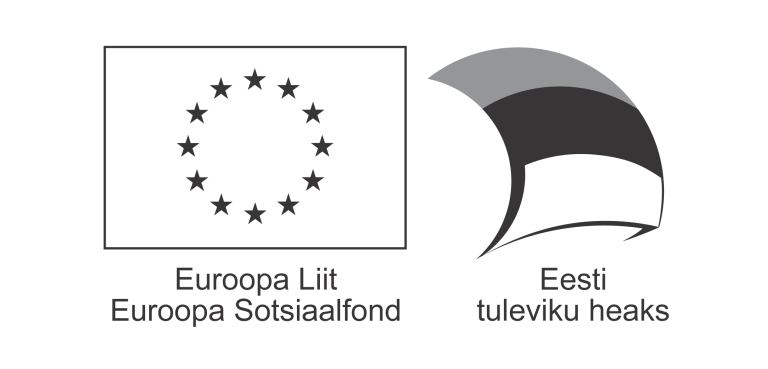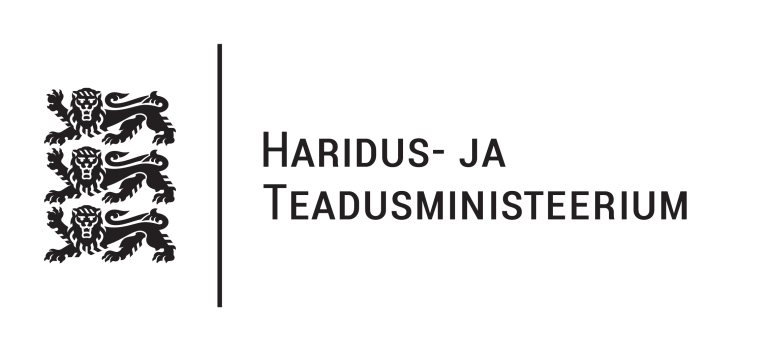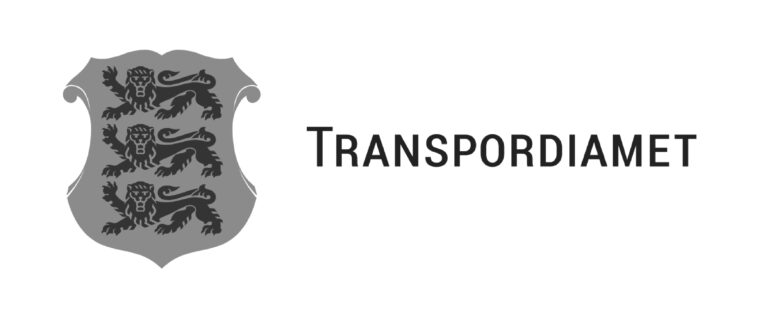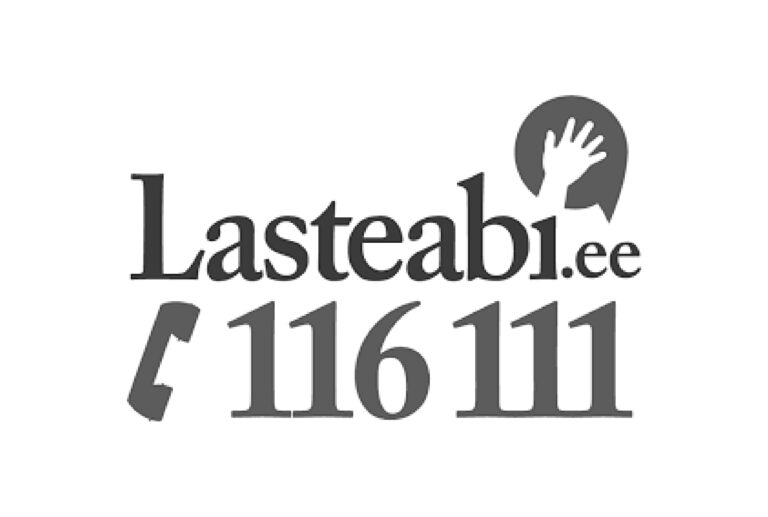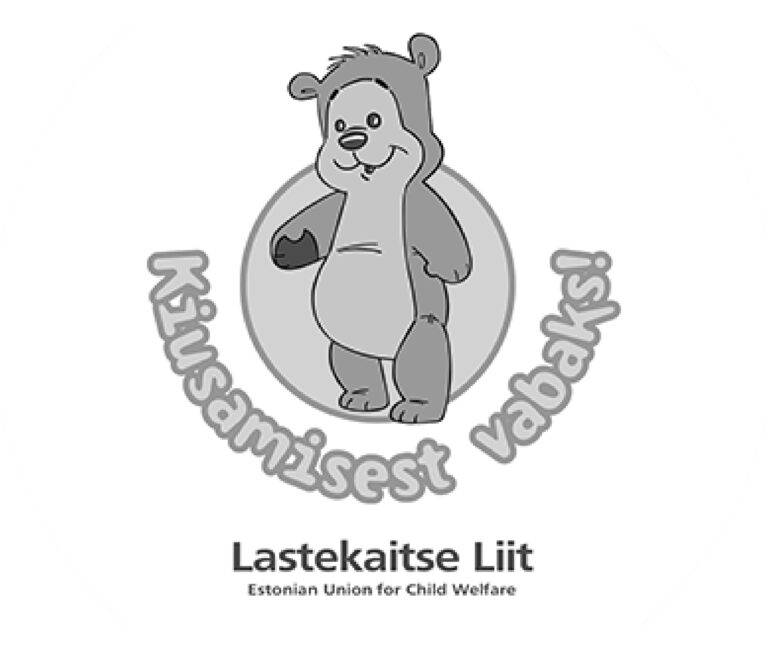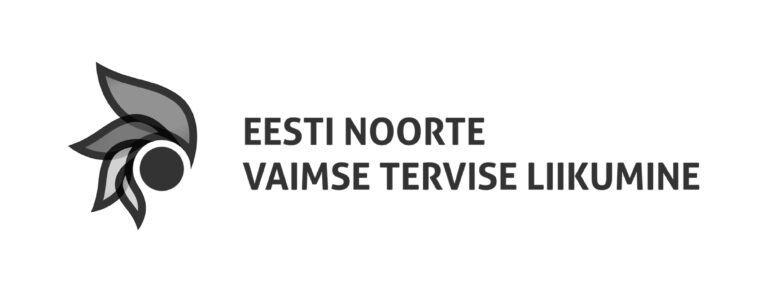The youth information portal Teeviit interviewed Kertu Birgit Anton about environmental matters.
How did you get involved in environmental issues? Where did it all begin?
In my case, paying attention to environmental issues began with my family. Ever since I was quite young, I remember us having discussions about the impact of certain products on the environment and whether or not a purchase was reasonable and performing small eco-friendly acts, like always bringing cloth bags with us to the shops.
Towards the end of the basic school, I became increasingly interested in the environmental situation myself. In the beginning, I did most of my research about plastic pollution and tried to find ways for my family to reduce waste at home. However, as I read more about the environment, I became more aware of the seriousness of climate change, until I felt at one point that only making myself and my family eco-friendlier was not enough.
You are a climate activist, what does that mean?
Climate activist – or any activist for that matter – is a broad concept, defined by each individual. For me, activism means tackling a societal problem that you feel you cannot bear to watch in silence, or one that you even feel is a matter of life and death. Every activist operates in their own way to mitigate the problem they are addressing. Activism can be about painting placards and taking part in demonstrations – which I have also done – but it has countless other expressions. Activism can also mean talking to people individually, writing a joint petition for politicians, making art, etc.
Which organisations are you involved in and how did you reach them?
I am part of a movement called Fridays For Future Eesti (FFF Estonia). We do not refer to it as an organisation because an organisation is something with a more formal structure, usually with executives and employees. However, the FFF is as hierarchy-free as possible, both in Estonia and elsewhere in the world – this means that we have no superiors or subordinates, and no one person can singlehandedly take decisions on behalf of the movement.
I found my way to FFF Estonia because of a rather random meeting. I had heard about the Fridays For Future demonstrations taking place all over Europe and the world since I started high school. I felt there was a great need for a similar movement in Estonia to make Estonian society more aware of the climate crisis and to put pressure on politicians to mitigate the climate crisis. But I did not dare to be the first young person on the street carrying a placard. And then I met Kristin Siil, who was organising Estonia’s first climate strike, and I was happy to help her organise the demonstration. So, one could say, I became an activist then.
Which are the issues you most want to address and why?
Before I fully understood the seriousness of climate change, I was interested in neuroscience, dancing, and school competitions. I am still fascinated by these subjects, but I find it unacceptably selfish to devote myself to, for example, dancing, while the man-made climate crisis is putting human lives at risk. So, I dedicated myself to helping alleviate the climate crisis.
I want people to be able to live safely on Earth both now and in the future. This may seem like an obvious statement, but humankind is exacerbating the climate crisis and destroying the environment we need in order to survive at such a rate that our actions are already threatening the sustainability of human society now, in my own lifetime, and those of other young people.
In Estonia, many people imagine that the climate crisis and the loss of biodiversity are a distant possibility which we do not need to address if it feels like an inconvenience. We can only afford to have this kind of attitude because Estonia is a near paradise in terms of the climate crisis – many parts of the world will become uninhabitable due to climate change before the climate in Estonia starts to worsen. It is therefore crucial that climate justice is addressed, that those most affected by the climate crisis get help and that people and countries most responsible for the climate crisis take responsibility for their actions.
What do you think our future will look like in 10 years? What do you hope to accomplish in that time?
I cannot say what Estonia, or the world will look like in ten years’ time, but a few things are certain. Like the fact that, if we do not reduce our greenhouse gas emissions very rapidly over the next decade, it will be virtually impossible to keep the climate crisis within the bounds of what can still be considered a reasonably safe level. We, as a society, have only a short time to reduce our greenhouse gas emissions, but not all is yet lost. If we act now, today, there is still hope.
In an optimistic scenario, we will have much more respect for nature in ten years’ time than we have today. We no longer burn fossil fuels. We travel less by car – we commute on foot or by other modes of transport – and our cities have become attractive destinations for car-free commuters. We buy fewer things and use everything we own until it is no longer usable. We eat significantly less meat and most of the food we eat is sourced locally. We rush less and spend time with the people around us – the communities around us.
How can young people contribute to preserving the environment? What tips do you have for young people, so that we can all have a good life in the future?
The fundamental thing is to always think about the environment when you do something: how does this action impact the environment? You can start small, such as using a canvas bag instead of a plastic bag in the shop. From these we must however move on to greater actions, because small changes alone are not enough to stop major environmental crises. It is very important to only buy what you really need and try to find it second-hand. Those families who are used to travelling by plane for holidays can look for alternatives that are less environmentally damaging. Taking the night train to northern Finland is a very exciting journey – and taking the train is a more economical way to travel than flying.
Local elections take place in October and people over 16 years of age will be able to vote. It is worth finding out what is promised and by whom: who makes cycle paths? Who will improve public transport or waste management? And take this into account when voting. If we wish to preserve the environment, it is important to vote – only then can the people who intend to help preserve the environment gain some influence.
You do not need to wait until you ‘grow up’ to change the world. You can change yourself and your family, you can vote, you can have a say and write in the media. Young people can also join environmental youth associations or youth councils, or Fridays For Future Estonia, to join forces with other young people and care for the environment together.
Edited by Mariliis Lulla – member of the Content Creation and Collaboration Team of the youth information portal Teeviit
Published in the youth information portal Teeviit in 2021.
